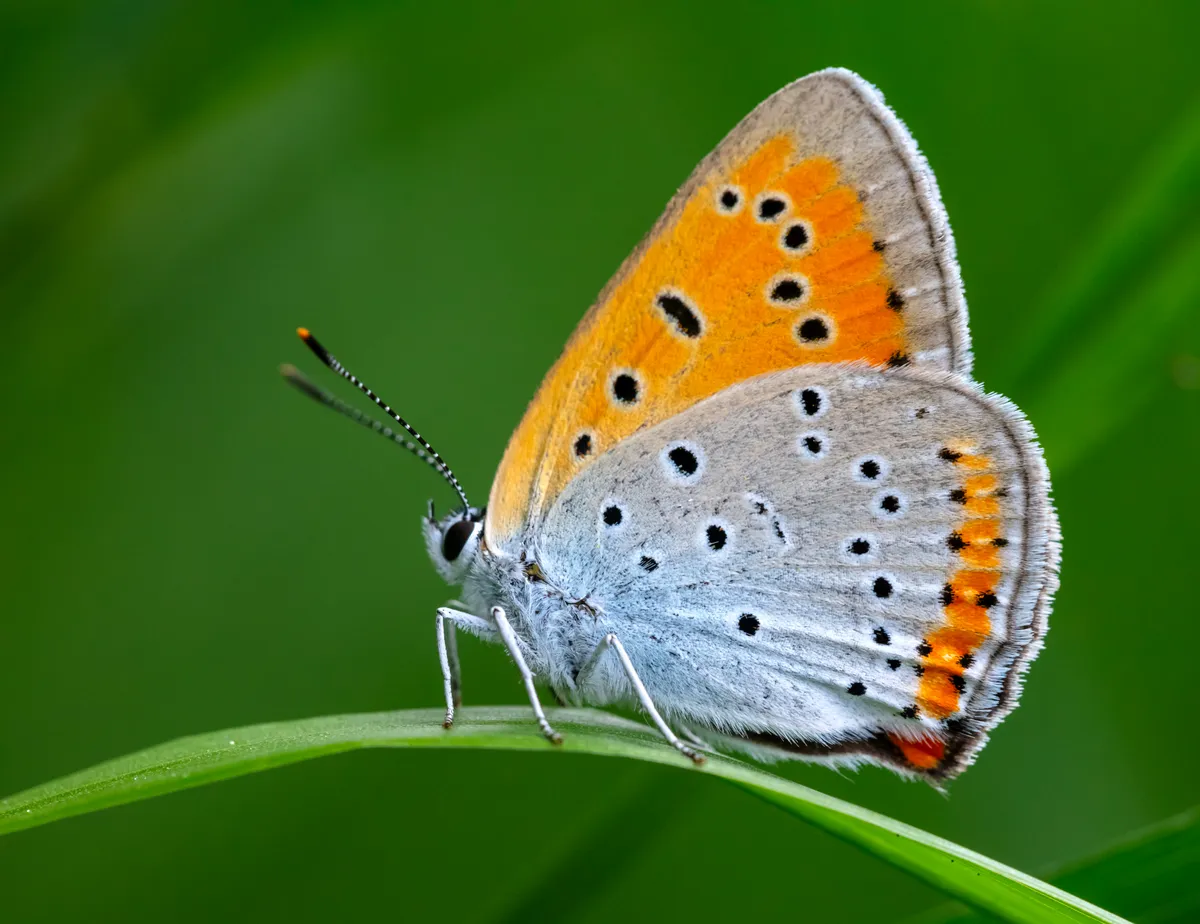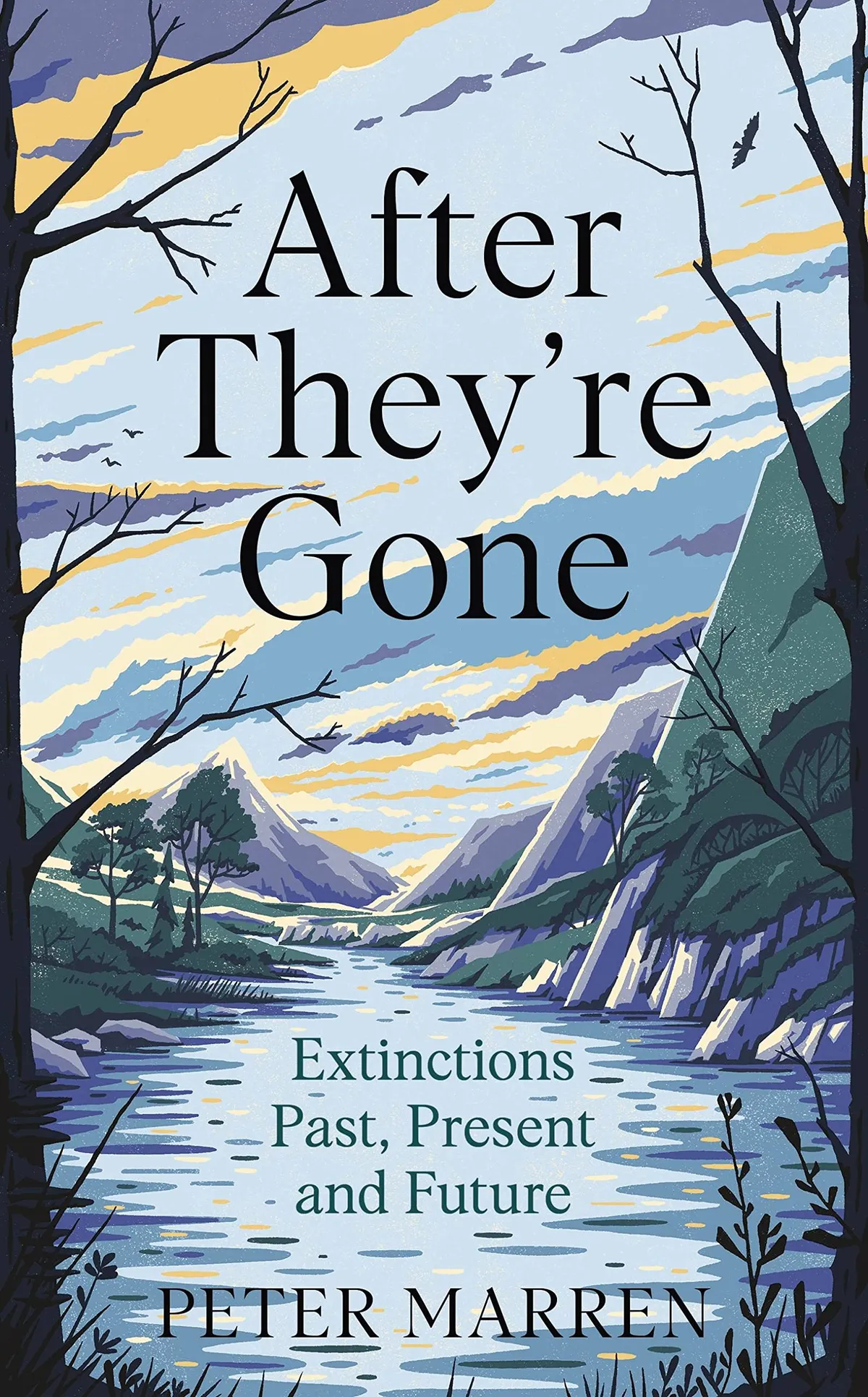Can we really rebel against extinction? It is a natural force, like gravity. Nearly every species that has ever evolved is extinct: life on earth today is only the cream on the cake of biodiversity. Natural extinction is, paradoxically, a life force. The end of one species presents an opportunity for another. It is, in that sense, progressive. Without extinction life wouldn’t have evolved further than slime.
- Mark Carwardine: de-extinction is not the solution to the extinction crisis
- Project plans to bring back the extinct thylacine
- Should we bring back mammoths from extinction?
- Measuring avian extinction rates around the world
- Acidification behind last great marine mass extinction
- Are frogs and toads at risk of extinction?
The tragedy of course is that mankind has accelerated this natural process to the extent that we are now threatened with a mass extinction – only the sixth time this has happened in the world’s long history. Whatever the cause – hunting, over-fishing, habitat destruction, pollution or climate change, we are wiping out species at an unprecedented rate, locally, nationally, globally.
Britain is supposedly one of the most nature-depleted countries on earth (but mainly because wildlife recording is well developed here with an army of volunteer recorders). All the same, most people would be hard put to name many nationally extinct species, apart from big animals like the wolf, brown bear and beaver which died out a long time ago.
Here are eight examples – and three more which were thought extinct but, happily, turned out not to be.
British animals that are now extinct
Great Auk
This amazing flightless bird, the northern equivalent of a penguin (though it was in fact related to the Guillemot) once nested on remote rocky islands off the Scottish north-west coast. Ruthlessly hunted for flesh, feathers and eggs, the last British Great Auk was killed in 1840. A few years later it had vanished from the world.

Large Copper butterfly
The British race of the Large Copper, Lycaena dispar dispar, was larger and brighter than its continental relatives (which still survive). It was confined to the Fens and, as they were drained for agriculture, the butterfly grew rarer. Its last stand was probably at Whittlesey Mere, the largest lake in lowland England, which was drained between 1848 and 1852. About a thousand specimens survive in collections.

Bordered Gothic moth
Extinctions sometimes take place quietly. This attractively patterned moth, which was not uncommon in parts of East Anglia up to the 1980s, seems to have died out apart from the odd stray from across the sea. No one knows why. Several other moths died out recently. All that remains of them are their poetic names: Brighton Wainscot, Orange Upperwing, Stout Dart.
Ghost Orchid
Is it still here or has it gone? It is impossible to be sure with a strange plant that doesn’t need light, feeds underground on fungus, and appears above ground to flower only once in a while, and unpredictably. All we know is that it was last reliably reported in 2009.

Black Rat
Although it is probably not a native, the Black Rat has been with us for a long time; notoriously it carried the plague flea responsible for the Black Death. Competition with the larger, more aggressive brown rat gradually restricted it to ports and offshore islands – where it came into conflict with seabird protectors. After various island eradication schemes, the Black Rat is now functionally extinct – a few may survive but not enough to sustain the species. No one seems to regret it.
Giant or Tawny Earwig
This monster earwig – well, it was more than an inch long with nippers like a pair of pliers – used to live under stones along the south shore. Although it has not been reported for seventy years, someone did sketch a very large earwig that might have been this species. Unfortunately they lost the sketch so we’ll never know – unless it turns up again.

Ivell’s Sea Anemone
Most species that died out from Britain survive in other parts of the world. But not this one. It was discovered in a saline lagoon on the south coast and survived just ten years before disappearing. The likely cause was pollution, to which coastal lagoons are vulnerable.
Pool Frog
Much confused with introduced species of frog, the Pool Frog was no sooner recognised as a true native species than it disobligingly died out. Similar frogs from Sweden were reintroduced to pools in its East Anglian heartland, and are currently doing well.
The animal species that have survived extinction
Great Fox Spider
One of our largest spiders, this furry, reddish-brown monster hadn’t been seen in its heathland haunts for two decades and was feared extinct. But since it was nocturnal, there was always a chance it survived. Sure enough, a spider expert went out with a torch and promptly found the Great Fox alive and well.
Oil-beetles
Oil-beetles are in decline, and no fewer than six of our ten species were thought to be lost. Remarkably two of those lost species, the Short-necked Oil-beetle and the Mediterranean Oil-beetle (last sighted in 1906) turned up in the exact same place: Prawle Point in South Devon.

Pepperpot Earthstar
This bizarre fungus looks a bit like the top of a pepper pot sitting on a starfish. Despite being unmistakable, no one had found it for more than a century. Then one day it turned up again – and not a long way from the place in which it had been discovered, along a sandy Norfolk lane.
This is an extract from the book After They're Gone: Extinctions Past, Present and Future by Peter Marren
